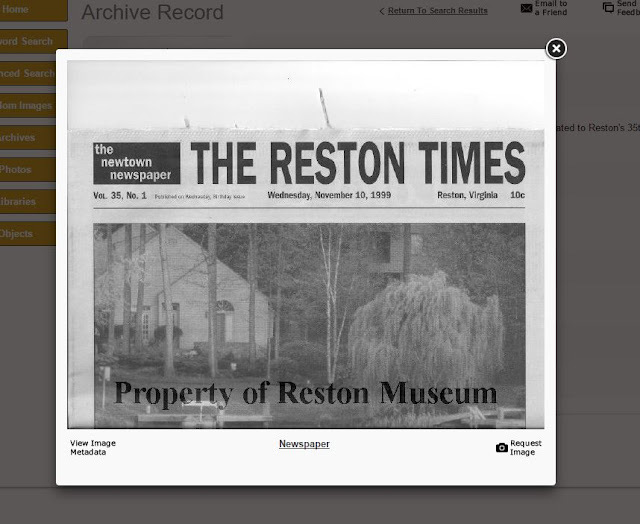The Rosenzweig reading provided a wealth of information, especially for an introduction, but I found the information very useful as a framework for the book and for this class. Several points stuck out to me while reading, first and foremost the "seven qualities of digital media and networks that potentially allow us to do things better: capacity, accessibility, flexibility, diversity, manipulability, interactivity, and hypertextuality (or nonlinearity)." Of these seven, capacity, accessibility, and interactivity were the most interesting to me. I enjoyed the questions posed in the capacity section -- "why delete anything from the current historical record if it costs so little save it? How might our history writing be different if all historical evidence were available?" There is an overwhelming amount of information on the web today, as well as data stored about our daily moves and actions. What will this information mean to future historians? It seems to me t...


